Light fantastic: Wallpaper* speaks to artist Suzanne Redstone
We sit down with British American artist Suzanne Redstone to find out a little more about her process
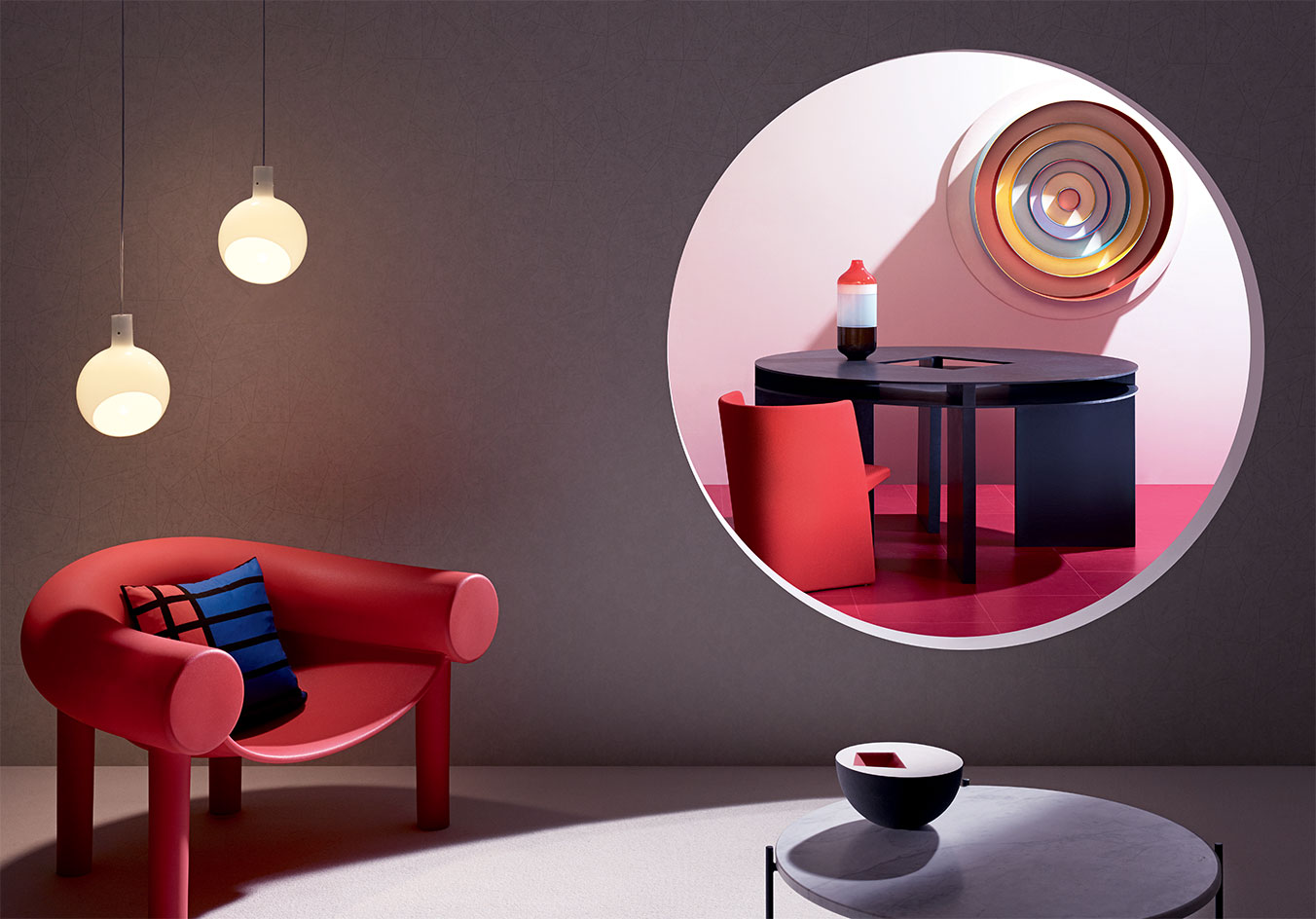
Readers who have got their hands on the January issue (W*202) will have seen the work of British American artist Suzanne Redstone gracing the magazine's Space pages in a series of vignettes built around her light-catching sculptures and dimension-busting works.
Redstone has been fascinated by light ever since she started painting the skies from her parent's attic space at 13 years old. She studied at Rhode Island School of design in the 1960s and spent a year in Rome, where she discovered the work of Piero della Francesca, Theo Van Doesburg and Josef Albers, Victor Vasarely and Van Gogh. It was here that she decided to paint strictly with right and 45 degree angles on Masonite board, using only primary colours.
She moved to Pennsylvania in 1968 to complete a Masters of Fine Art at the University of Philadelphia and just two years later relocated to London where she began to work in 3D, creating her very first 'lightcatchers', constructed from stone and steel. In 1974 she moved to Devon, where she is still based today, creating ever more ambitious works in the landscape and built environment. We sat down with Redstone to find out a little more about her artistic process...
Wallpaper*: Can you tell us about your transition from painting to sculpture and what brought about this shift?
Suzanne Redstone: The shift from painting to sculpture started in 1969. The paintings followed a discipline that I had self-imposed in 1966, while I was on a European Honours program in Rome. During that time, I decided to use only right and 45 degree angles alongside primary colours, and black and white. I even set a time limit on myself of four years, as well as a goal of working for a certain number of hours a day and days per week.
One day, over three years later, in my studio during my MFA at the University of Pennsylvania, I painted a thin edge of a painting yellow. I saw that the edge glowed and created a halo of light revealed by the white wall behind it. The amount of light coming off the surface seemed out of proportion to the thin line of colour.
I was intrigued by this and increasingly became interested in the light coming off the painting rather than colour on the two-dimensional surface. I wanted to make visible this ephemeral light, the space between things rather than the things themselves. So my work evolved and I began to create simple sculptures that would allow me to explore this visual experience further. If you look at my Instagram account, you can see the progression of this work.
How you are inspired to create a new art work?
My work evolves through questions. As questions are resolved more questions are stimulated, which, in turn, leads me to think about new forms. I have always considered my work to be exploring, bringing me to new visual places. Robert Engman, who was co-director of the Art and Architecture Department at the University of Pennsylvania said, 'A piece of art is never a finished work. It answers a question, which has been asked and asks a new question.'
What goes into creating your lightcatchers?
I have a vocabulary of different curves I work with. I create drawings by moving these curves in natural light and photographing the results. Each piece and subsequent drawing help inform the next piece. I use marine grade stainless steel between 2mm and 5mm thick. The large pieces are curved on mechanical rollers.
What was it like working with Wallpaper* magazine on the shoot for the January issue?
It has been a very enjoyable and motivating process. After initial discussion with the team at Wallpaper*, I sent them images of a selection of over 40 years of my work. The team chose the pieces they wished to use and had them collected from our farm. They then took on the challenge of creating the interiors in response to the works. Some of these pieces have never before been seen by the public.
Your work is about capturing the movement and subtleties of light – is this hard to convey in a still photograph?
Yes. I work with something that is so ephemeral and continuously in flux that it is challenging to capture in a photograph. Each visual moment is unique. This opens up an important dialogue with video. On my website, under 'Temporary Works', there are some videos, using both real time and time lapse, which display how a work changes moment by moment.
What other projects are you working on at the moment?
I'm working on some steel and stone sculptures, and a commission for several relief sculptures for a private hotel in central London. I am also getting ready for my first American solo show. It will open at Jessica Silverman Gallery in San Francisco in September 2016 and will premier paintings and drawings that I made between 1966 and 1969, which have never been exhibited before.
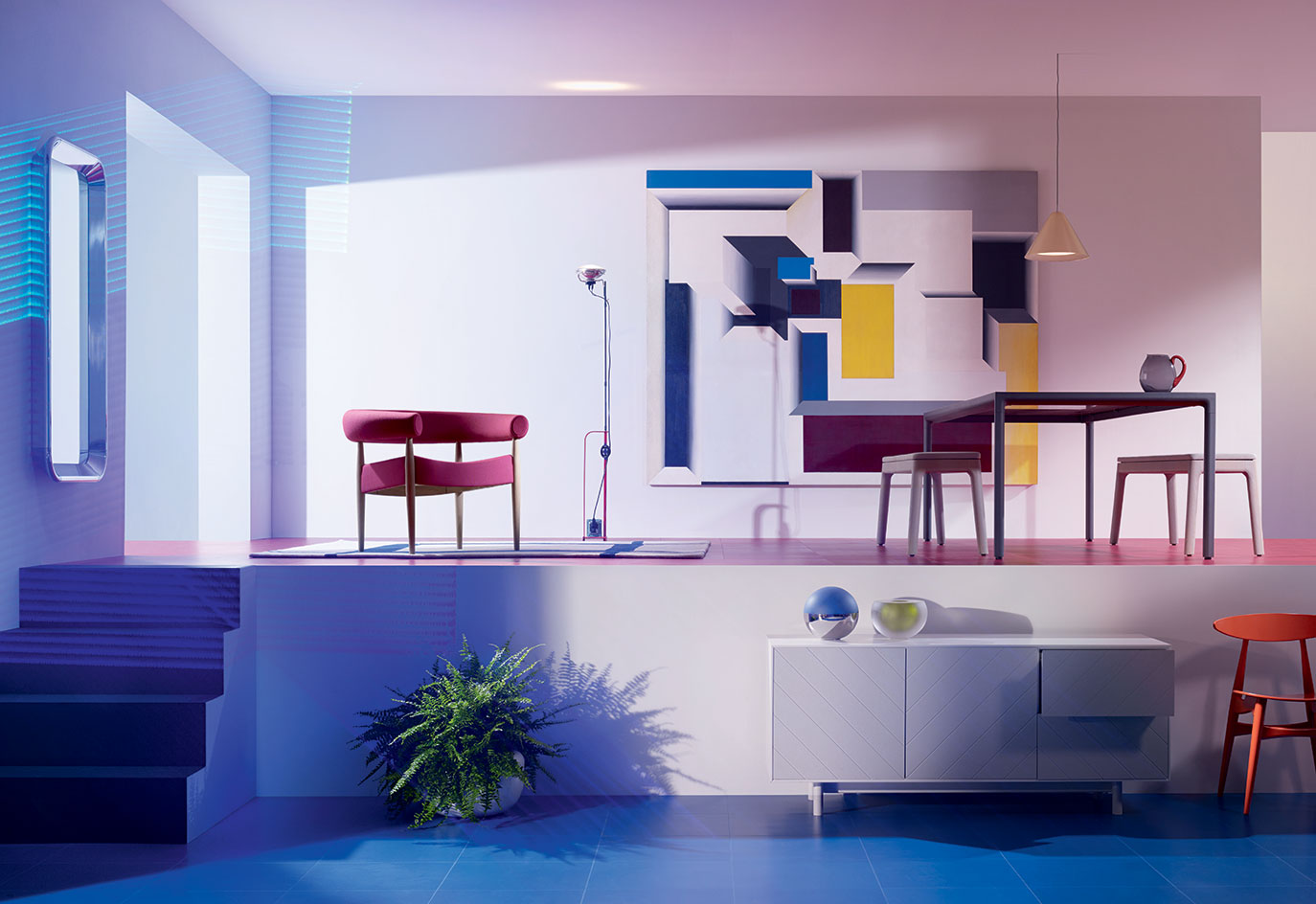
Originally trained as a painter, Redstone's work shifted towards sculpture after she became more interested in the interplay of light and paint than the formal discipline itself. 'I began to create simple sculptures that would allow me to explore this visual experience further,' she explains. Pictured: Untitled (on back wall, right), by Suzanne Redstone, 1969.
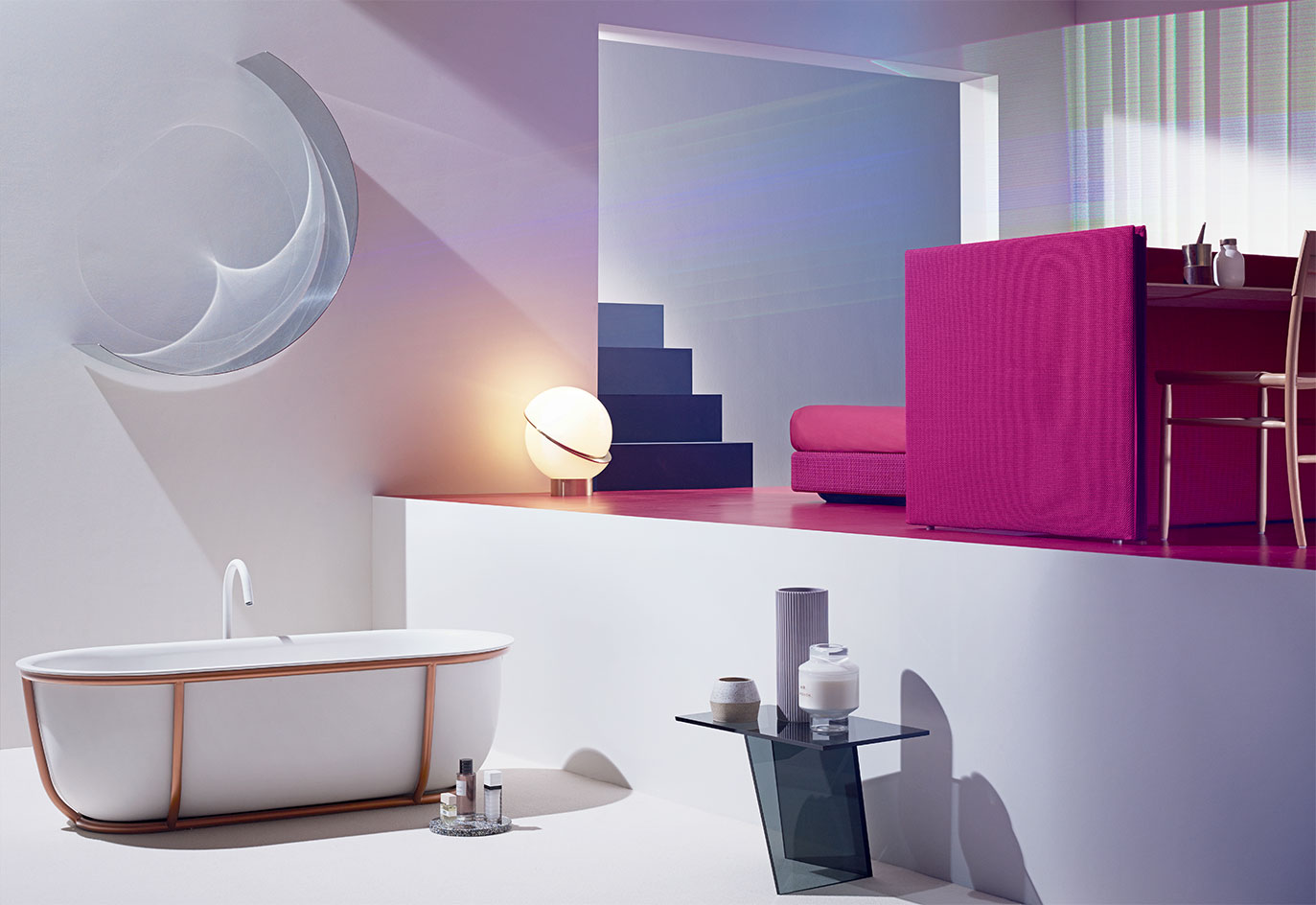
'My practice focuses on revealing light – working with it, catching and exposing it; exploiting the changing movement of light as the earth rotates daily and through the year,' she says. Pictured: Lightcatcher (site-specific installation, top left), by Suzanne Redstone.
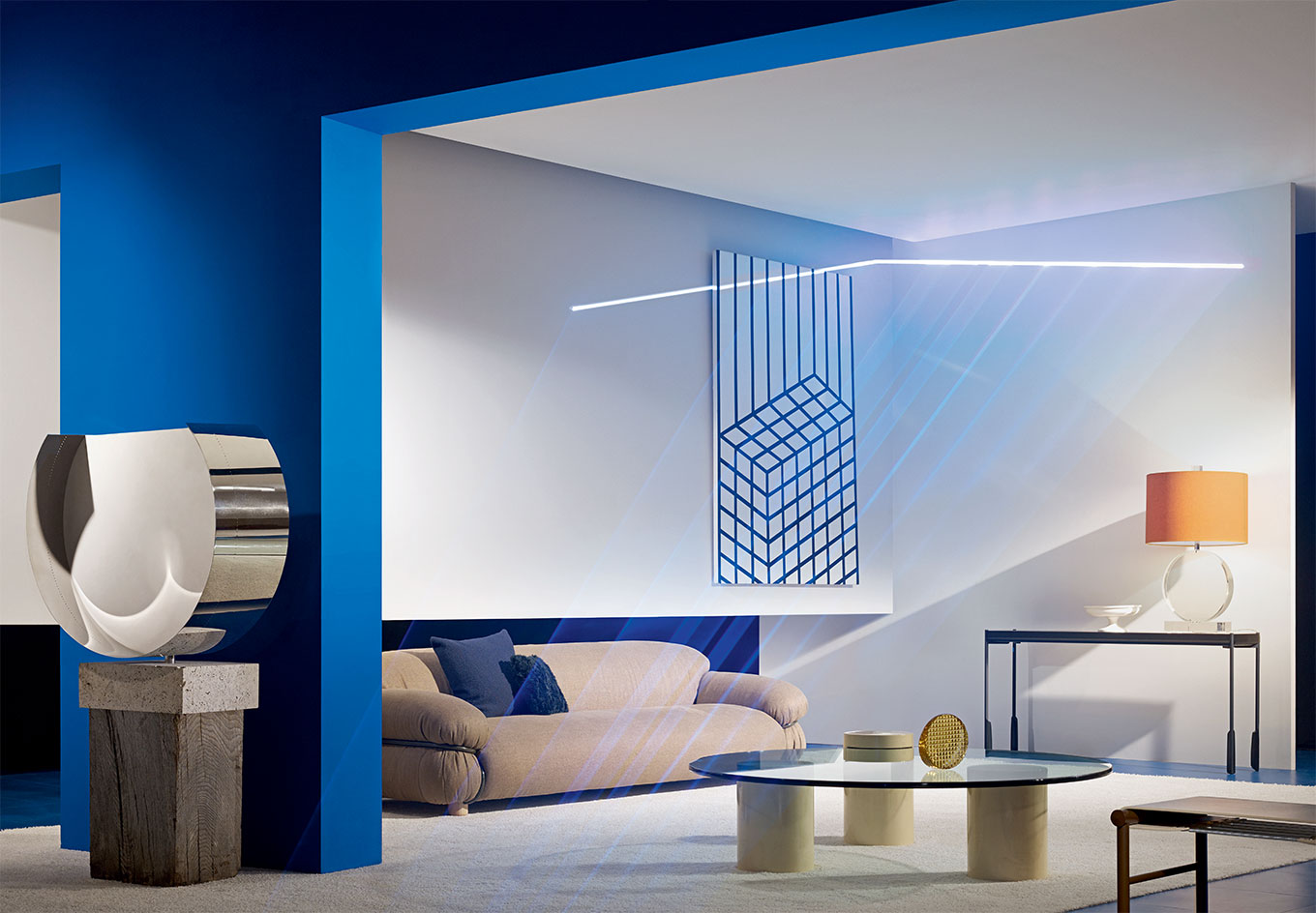
Redstone is now based in Devon, where she runs her a studio practice on an organic farm. Pictured: Lightcatcher-Concurrence (bottom left), 2013; Untitled (on wall), 1966, both by Suzanne Redstone.
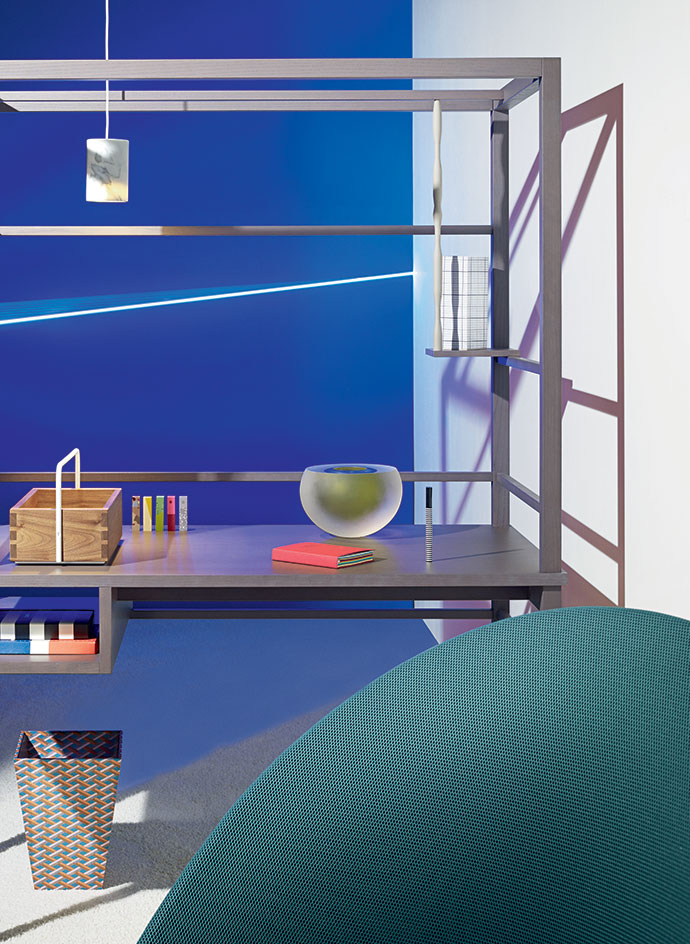
'It has been a very enjoyable and motivating process,' says Redstone of her experience of working with the Interiors team at Wallpaper*, who created seven vignettes in response to her work.
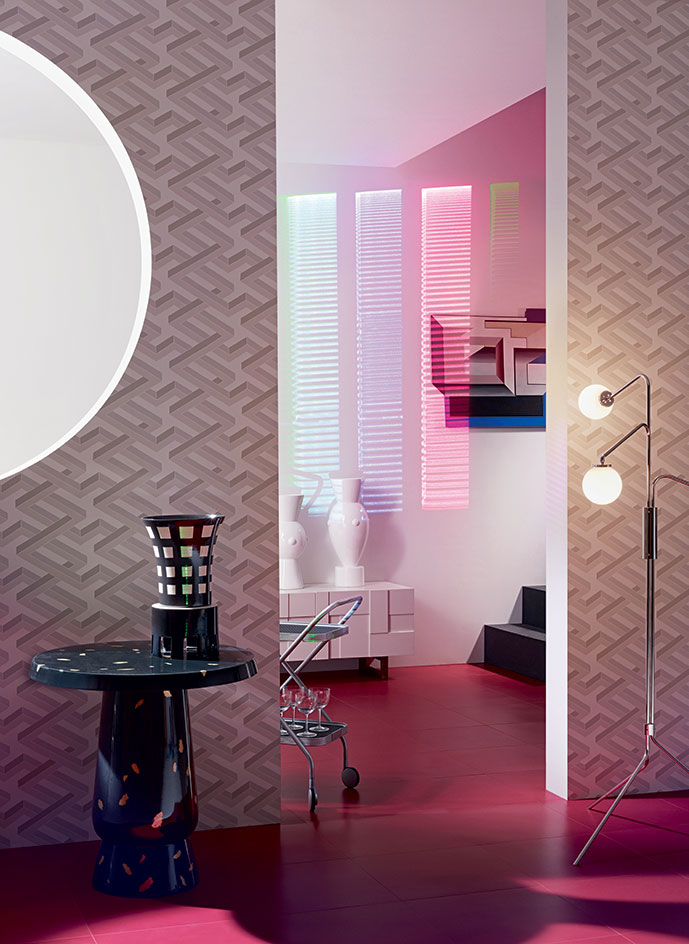
Pictured: Portal 2A (on wall, far right), by Suzanne Redstone, 1967.
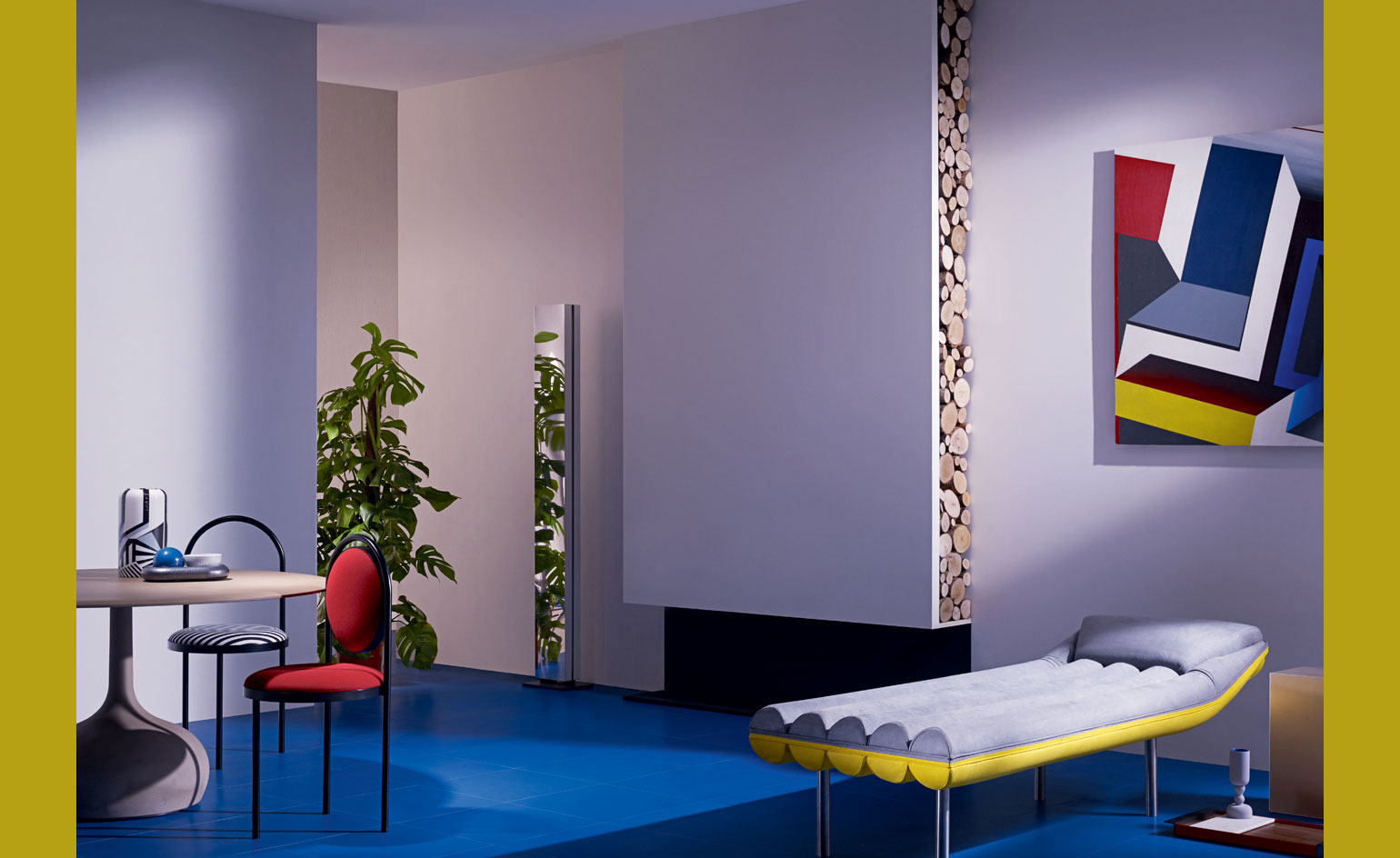
'I work with something that is so ephemeral and continuously in flux that it is challenging to capture in a photograph,' says Redstone of her light-filled work. 'Each visual moment is unique.' Pictured: Descent (on wall, far right), by Suzanne Redstone, 1967
INFORMATION
For more information, visit Suzanne Redstone's website
Redsone's first American solo show will take place at Jessica Silverman Gallery in San Francisco in September 2016
Wallpaper* Newsletter
Receive our daily digest of inspiration, escapism and design stories from around the world direct to your inbox.
Ali Morris is a UK-based editor, writer and creative consultant specialising in design, interiors and architecture. In her 16 years as a design writer, Ali has travelled the world, crafting articles about creative projects, products, places and people for titles such as Dezeen, Wallpaper* and Kinfolk.
-
 Warp Records announces its first event in over a decade at the Barbican
Warp Records announces its first event in over a decade at the Barbican‘A Warp Happening,' landing 14 June, is guaranteed to be an epic day out
By Tianna Williams
-
 Cure your ‘beauty burnout’ with Kindred Black’s artisanal glassware
Cure your ‘beauty burnout’ with Kindred Black’s artisanal glasswareDoes a cure for ‘beauty burnout’ lie in bespoke design? The founders of Kindred Black think so. Here, they talk Wallpaper* through the brand’s latest made-to-order venture
By India Birgitta Jarvis
-
 The UK AIDS Memorial Quilt will be shown at Tate Modern
The UK AIDS Memorial Quilt will be shown at Tate ModernThe 42-panel quilt, which commemorates those affected by HIV and AIDS, will be displayed in Tate Modern’s Turbine Hall in June 2025
By Anna Solomon
-
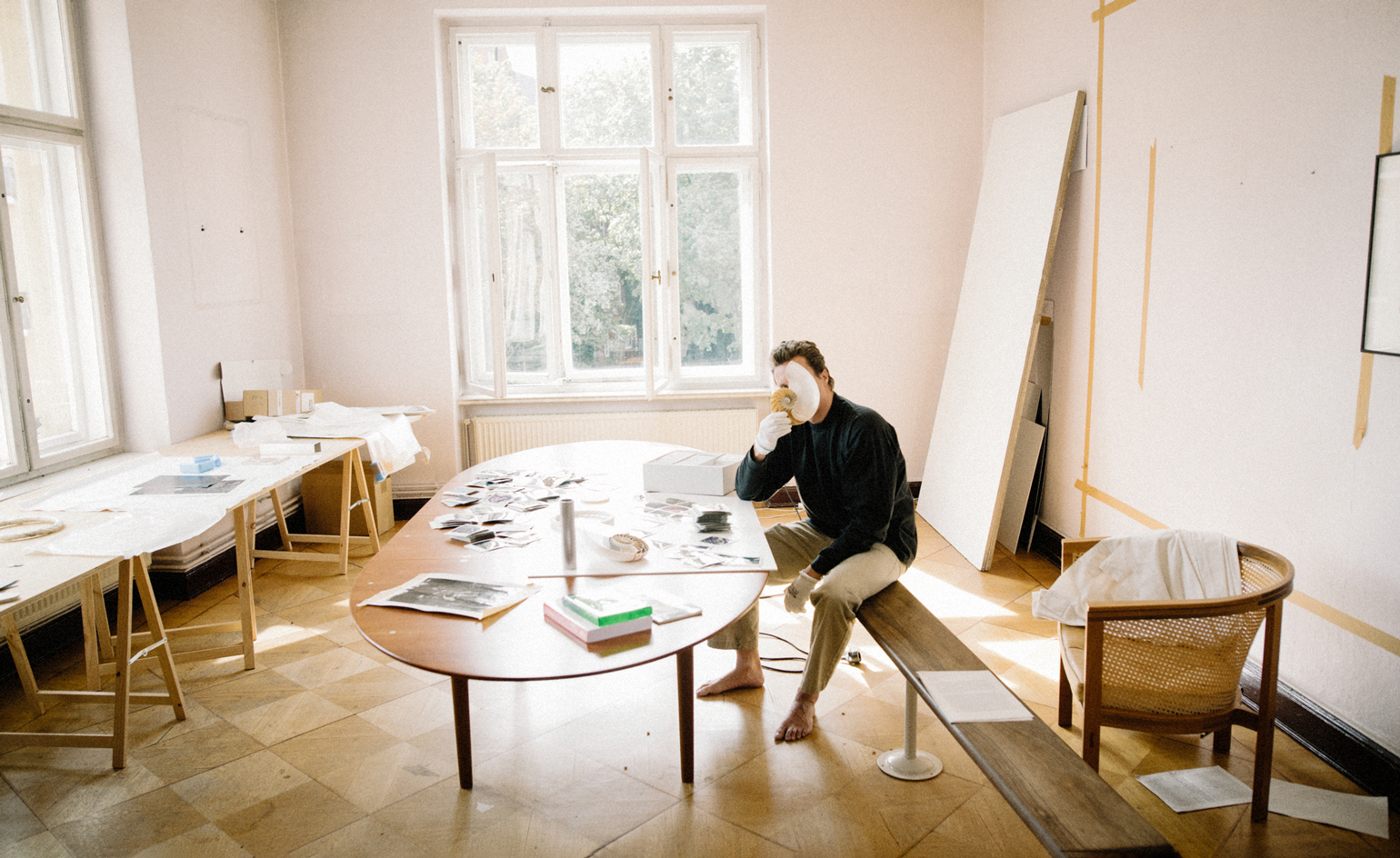 Cyprien Gaillard on chaos, reorder and excavating a Paris in flux
Cyprien Gaillard on chaos, reorder and excavating a Paris in fluxWe interviewed French artist Cyprien Gaillard ahead of his major two-part show, ‘Humpty \ Dumpty’ at Palais de Tokyo and Lafayette Anticipations (until 8 January 2023). Through abandoned clocks, love locks and asbestos, he dissects the human obsession with structural restoration
By Harriet Lloyd-Smith
-
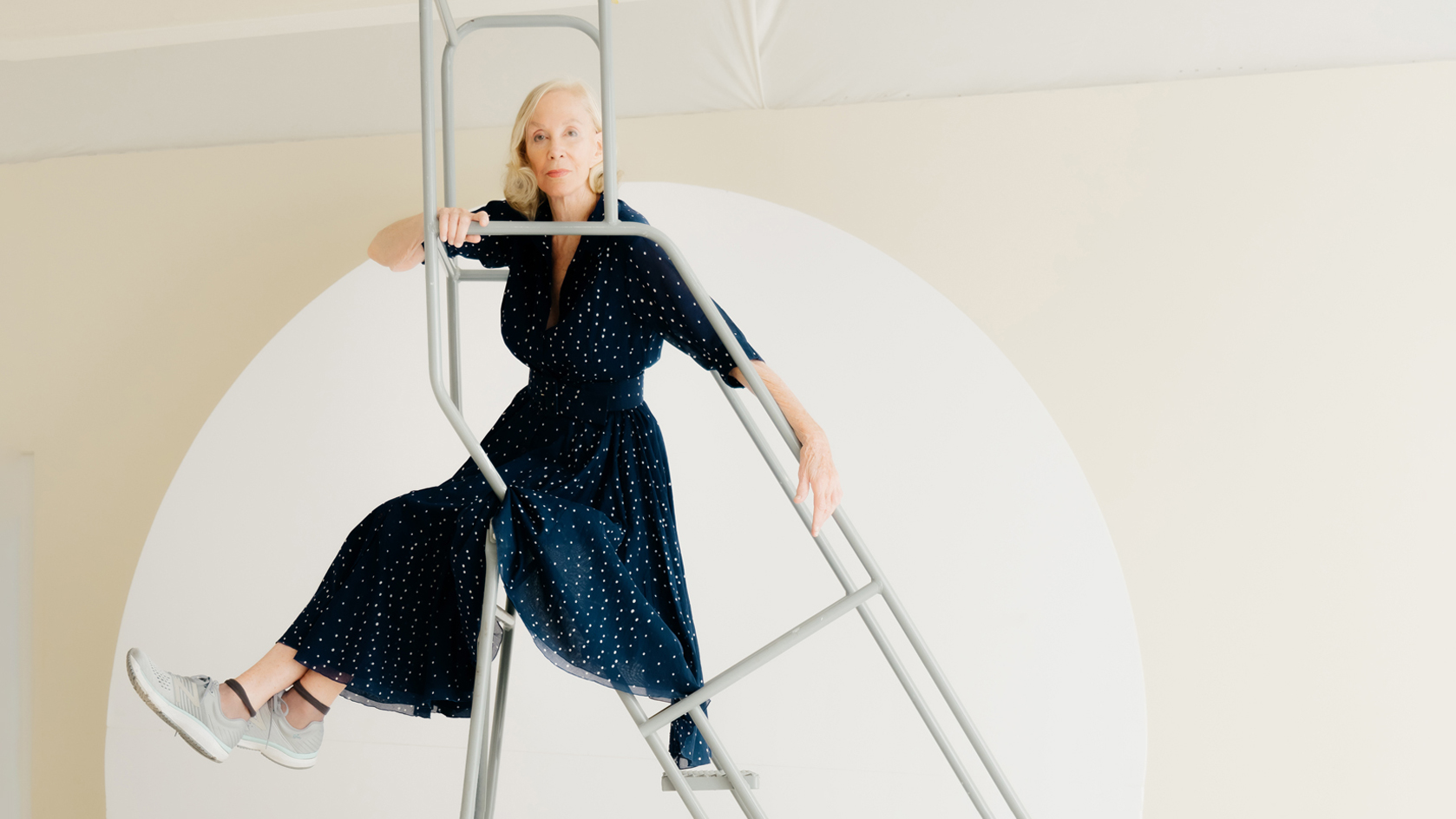 Year in review: top 10 art interviews of 2022, chosen by Wallpaper* arts editor Harriet Lloyd-Smith
Year in review: top 10 art interviews of 2022, chosen by Wallpaper* arts editor Harriet Lloyd-SmithTop 10 art interviews of 2022, as selected by Wallpaper* arts editor Harriet Lloyd-Smith, summing up another dramatic year in the art world
By Harriet Lloyd-Smith
-
 Yayoi Kusama on love, hope and the power of art
Yayoi Kusama on love, hope and the power of artThere’s still time to see Yayoi Kusama’s major retrospective at M+, Hong Kong (until 14 May). In our interview, the legendary Japanese artist vows to continue to ‘create art to leave the message of “love forever”’
By Megan C Hills
-
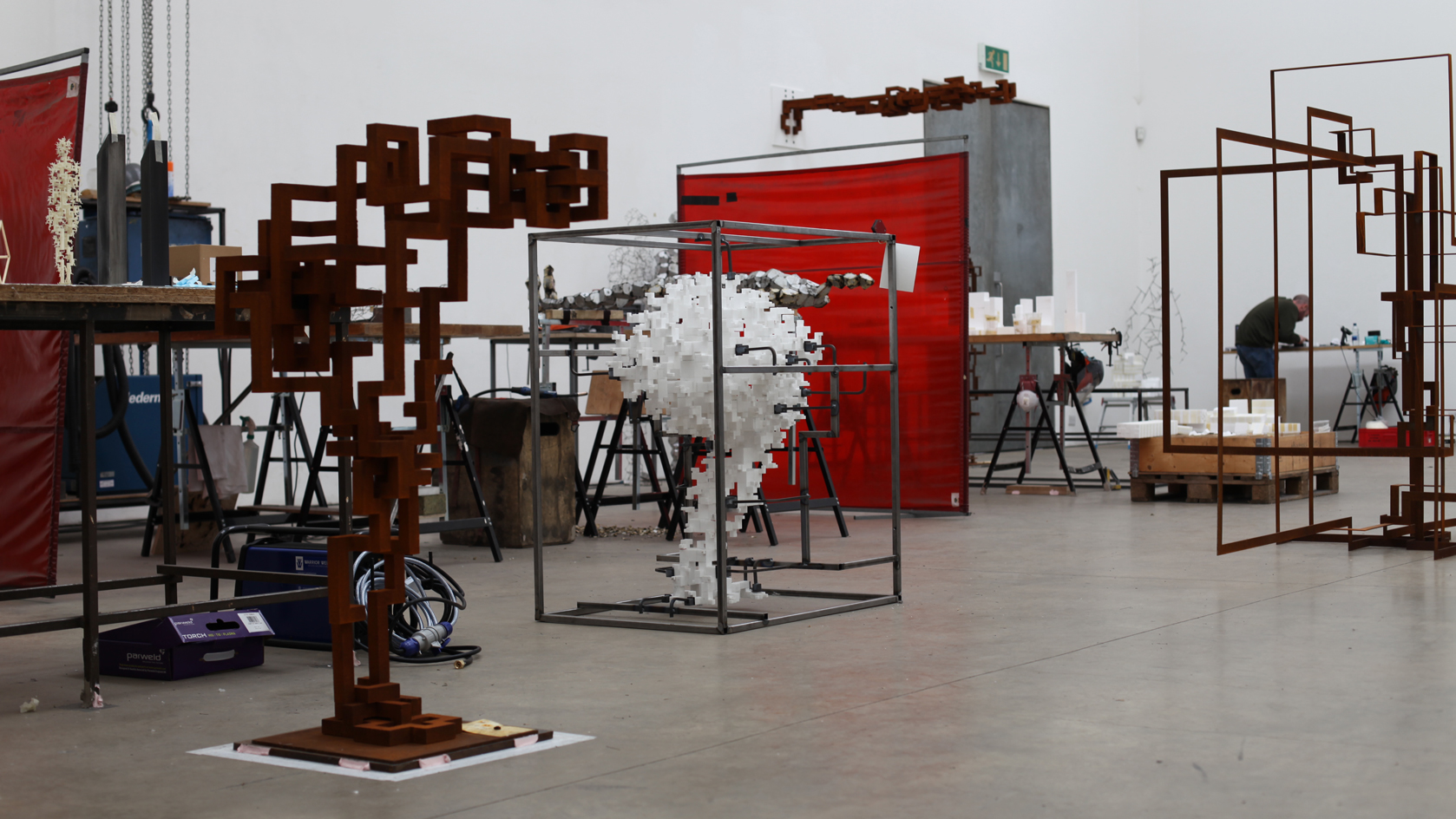 Antony Gormley interview: ‘We’re at more than a tipping point. We’re in a moment of utter crisis’
Antony Gormley interview: ‘We’re at more than a tipping point. We’re in a moment of utter crisis’We visit the London studio of British sculptor Antony Gormley ahead of his major new show ‘Body Field’ at Xavier Hufkens Brussels
By Harriet Lloyd-Smith
-
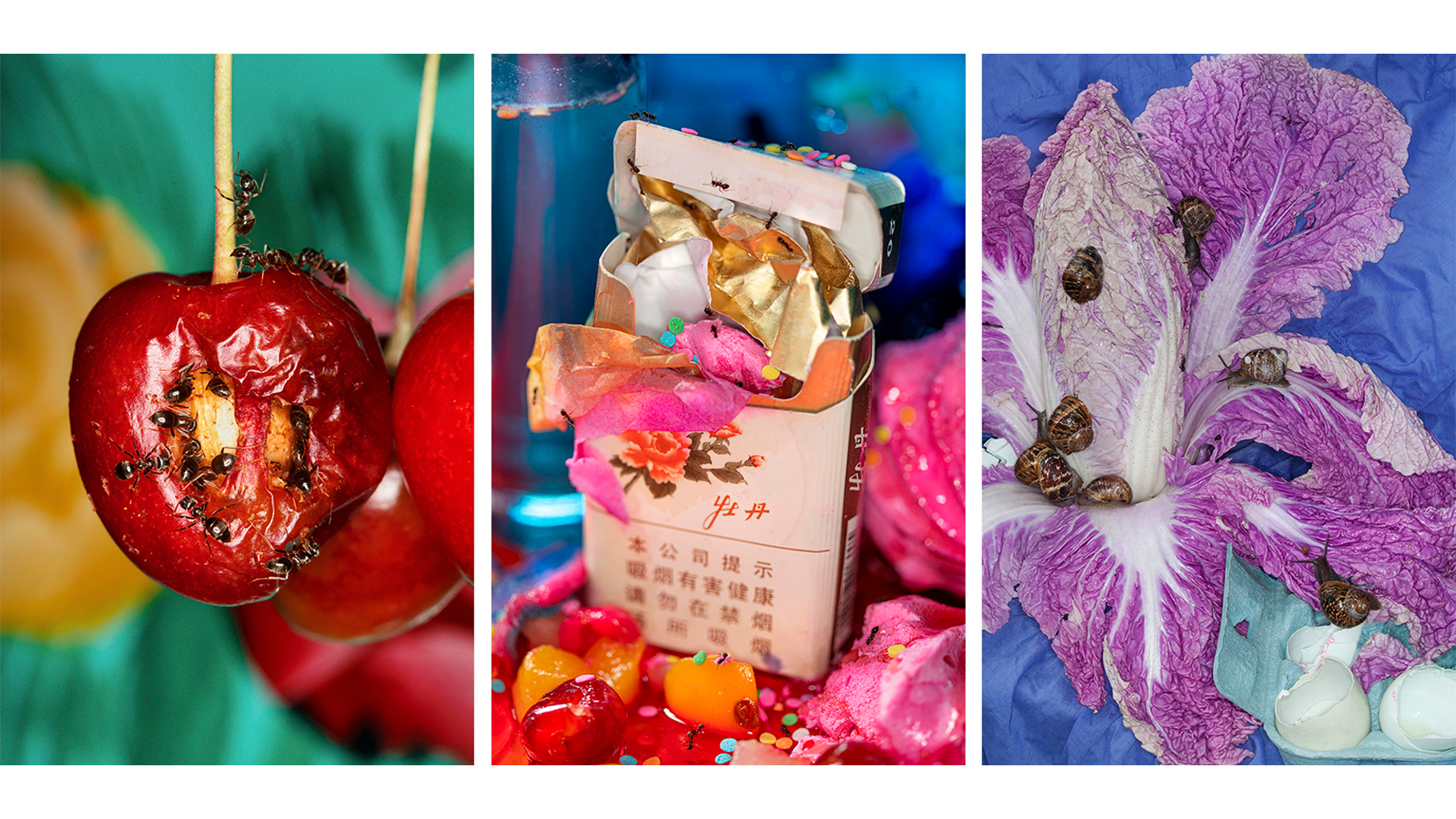 Photographer Maisie Cousins on nostalgia, impulsive making and ‘collecting useless things’
Photographer Maisie Cousins on nostalgia, impulsive making and ‘collecting useless things’Explore the vision of British artist Maisie Cousins in ‘Through the lens’, our monthly series spotlighting photographers who are Wallpaper* contributors
By Sophie Gladstone
-
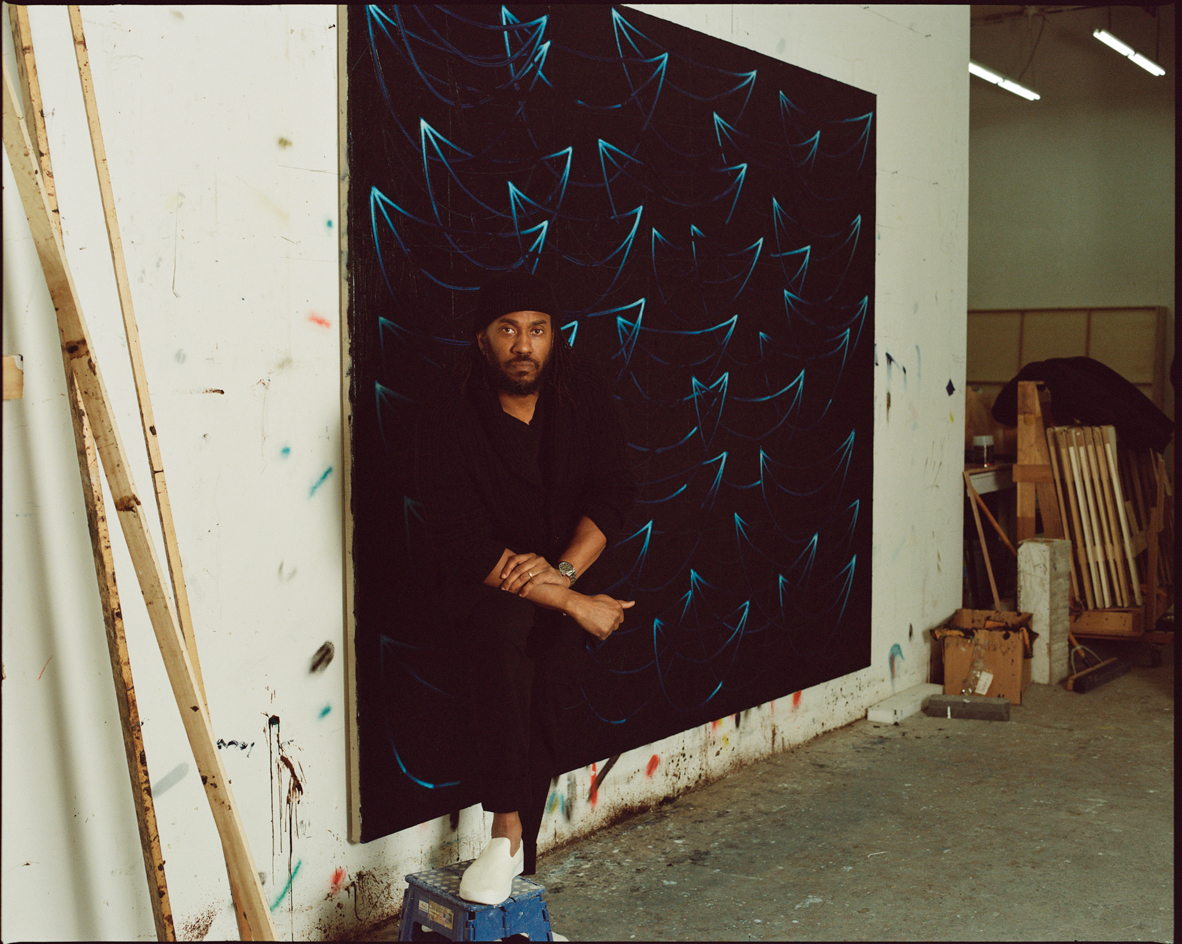 Rashid Johnson in Menorca: a journey through migration, longing and togetherness
Rashid Johnson in Menorca: a journey through migration, longing and togethernessWe visited Rashid Johnson’s Brooklyn studio ahead of the artist’s show at Hauser & Wirth Menorca, which contemplates drift – physical and emotional
By Osman Can Yerebakan
-
 Step inside the kaleidoscopic universe of Pipilotti Rist
Step inside the kaleidoscopic universe of Pipilotti RistSwiss artist Pipilotti Rist, who headlines Wallpaper’s November 2022 issue, has transformed the way we see, with a poetic yet playful practice spanning three decades. Here, and in a special portfolio, she reveals how she has liberated video art from its conventions, imbued the digital realm with emotion, animated public spaces, and harnessed the healing powers of colour
By Jessica Klingelfuss
-
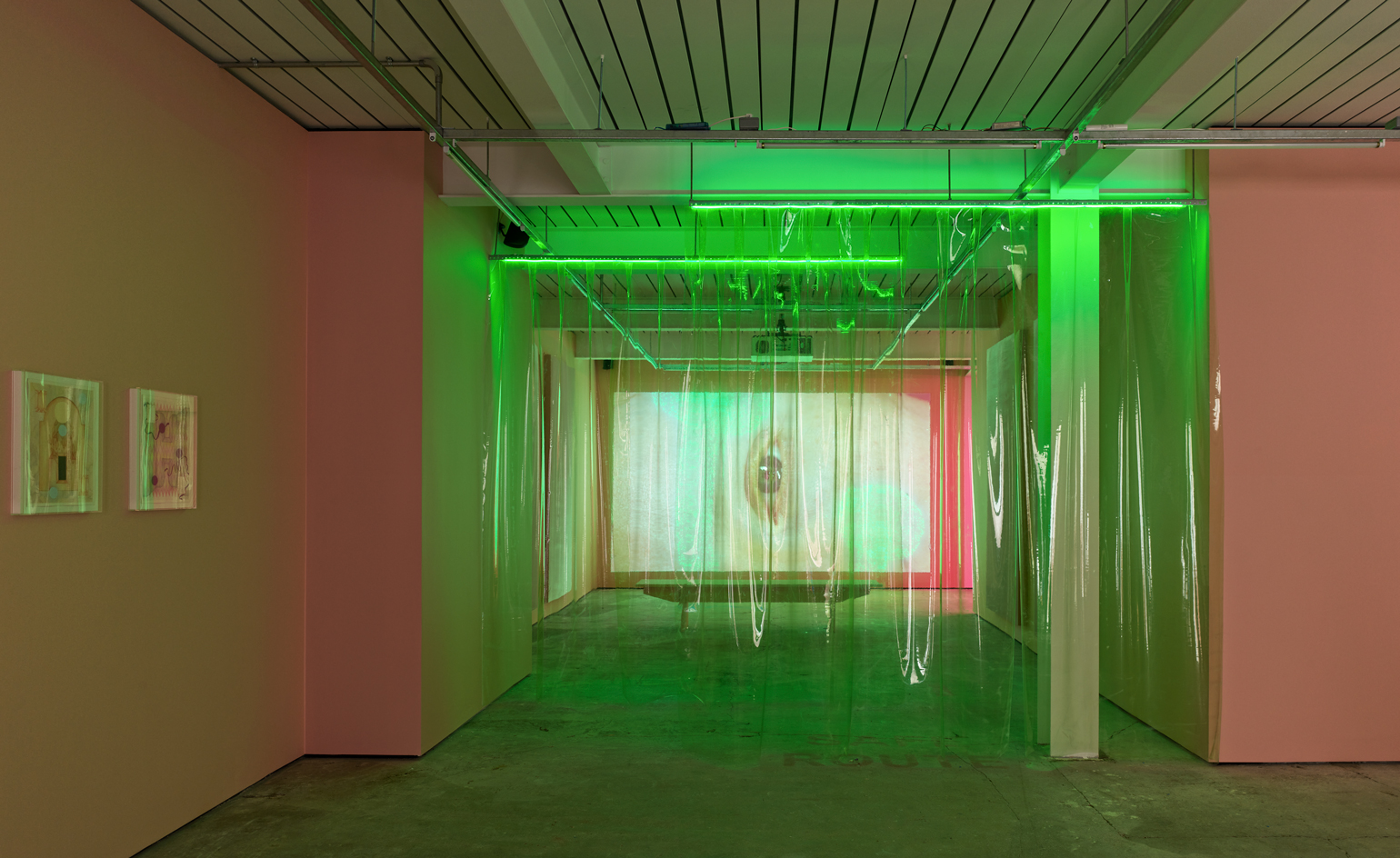 Gathering: the new Soho gallery blending art and social activism
Gathering: the new Soho gallery blending art and social activismGathering, the newest gallery resident in London’s Soho, will focus on contemporary art exploring systemic social issues. Ahead of Tai Shani’s inaugural show, we speak to founders Alex Flick and Trinidad Fombella about their vision for the gallery
By Harriet Lloyd-Smith